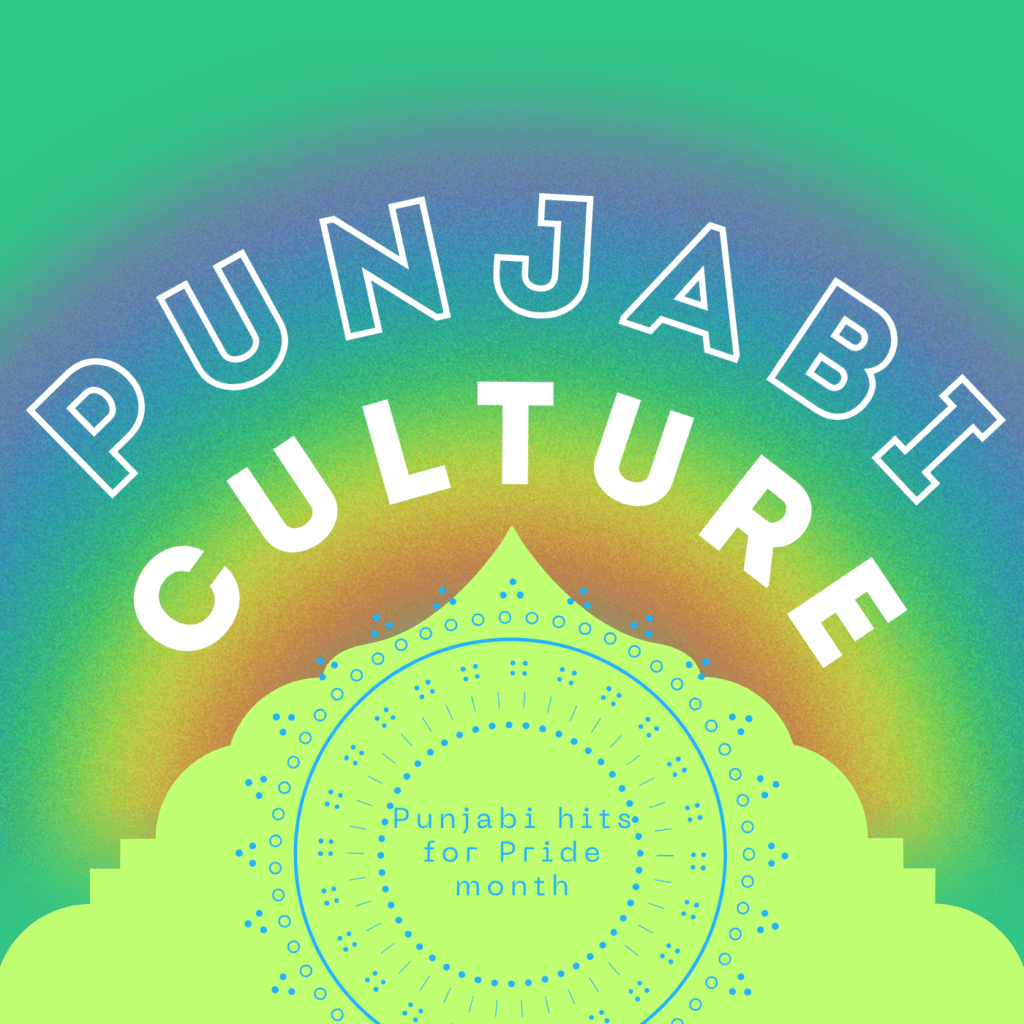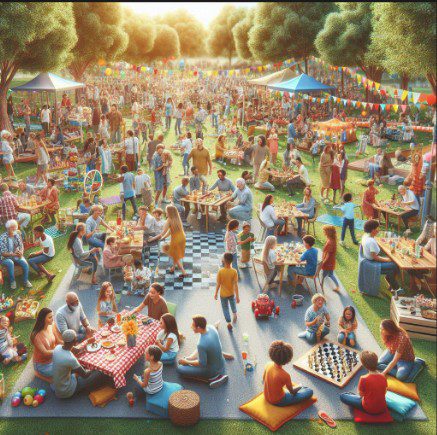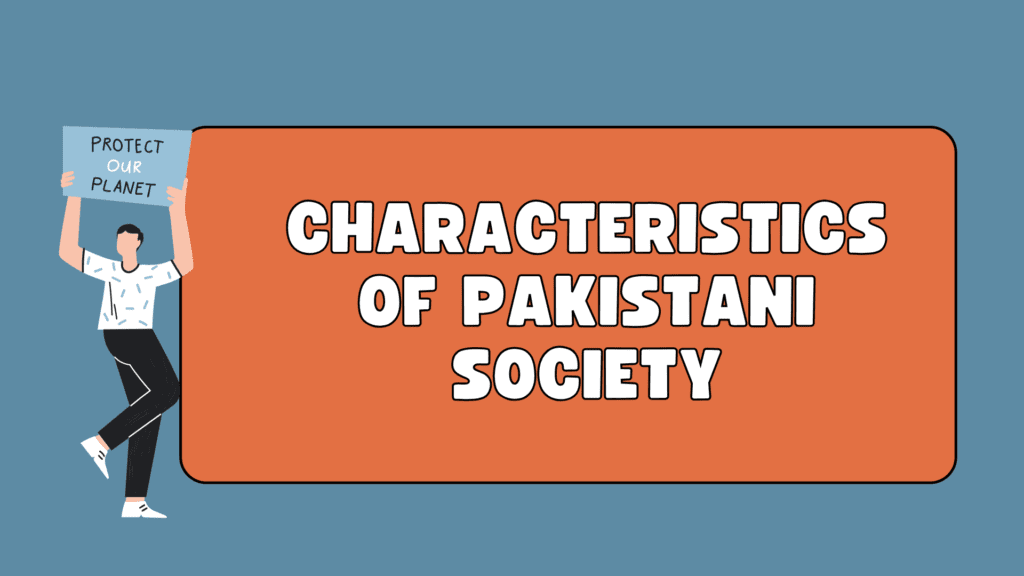The culture of Punjab, Pakistan’s most populous and agriculturally rich province, is one of the oldest and most vibrant in South Asia. Rooted in the ancient Indus Valley Civilization, shaped by Islamic heritage, and enriched through Sufi traditions, Punjab’s culture reflects a deep connection with land, language, music, religion, and communal life.
The Culture of Punjab Pakistan
Language and Literature
-
Punjabi is the dominant language, spoken by over 60% of Pakistan’s population.
-
Sub-dialects include Majhi (standard), Pothohari, Saraiki, and Multani.
-
Punjabi literature includes Sufi poetry, folk tales, and oral storytelling traditions.
📌 Example: The poetry of Bulleh Shah, Warish Shah, and Shah Hussain reflects love, tolerance, and spiritualism, commonly recited in rural gatherings.
Religion and Spirituality
-
Predominantly Muslim, Punjab also has strong Sufi influences.
-
Shrines (dargahs) of famous saints like Data Ganj Bakhsh (Lahore) and Bahauddin Zakariya (Multan) are central to cultural life.
-
Religious festivals include Eid-ul-Fitr, Eid Milad-un-Nabi, and Urs (Sufi commemorations).
📌 Example: The Urs of Data Sahib in Lahore is a spiritual and cultural festival attracting thousands of devotees.
Festivals and Traditions
-
Basant (spring kite festival) was historically celebrated with joy in Lahore, though currently banned due to safety concerns.
-
Lohri, Mela Chiraghan, and wedding customs reflect Punjab’s festive spirit.
-
Weddings include traditions like Mayun, Mehndi, Dholki, and Joota Chupai.
📌 Example: Mehndi nights include dholak music, colorful attire, and traditional dances like Bhangra and Giddha.
Dress and Fashion
-
Shalwar Kameez is traditional for both men and women.
-
Women often wear dupatta, paranda, and embellished suits, while men may wear kurtas, turbans, or pagris in rural areas.
-
Embroidery, especially Phulkari, is a hallmark of Punjabi textile art.
📌 Example: Brides wear heavy traditional dresses with red and gold colors, reflecting cultural and religious values.
Music and Dance
-
Folk music includes instruments like dhol, chimta, and algoza.
-
Famous genres: Qawwali, folk songs, sufi kalam, and tappa.
-
Popular dances:
-
Bhangra – energetic male dance often performed during harvest
-
Giddha – graceful female dance with clapping and rhythm
-
📌 Example: Bhangra is now popular even internationally, featured in weddings and music festivals.
Food and Cuisine
-
Rich and flavorful, often cooked with desi ghee, spices, and lentils.
-
Popular dishes: Siri Paye, Saag and Makai Roti, Nihari, Biryani, and Lassi.
-
Sweet dishes: Gulab Jamun, Jalebi, Kheer, and Barfi.
📌 Example: In rural Punjab, Saag and Makai ki Roti with butter is a seasonal delicacy, especially in winters.
Social Structure and Values
-
Joint family systems, hospitality, and respect for elders are core values.
-
Agriculture and landownership play a major role in rural life.
-
Punjabi people are known for being warm, expressive, and hospitable.
📌 Example: In rural Punjab, a guest is welcomed with traditional food and treated with honor, reflecting deep-rooted hospitality norms.
Arts and Handicrafts
-
Famous for:
-
Truck art
-
Blue pottery (Multan)
-
Embroidery (Phulkari)
-
Woodwork and brassware
-
-
Art is not only decorative but often carries cultural and religious symbolism.
📌 Example: Colorful trucks with poetry and Islamic slogans are a mobile expression of Punjabi creativity.
Challenges to Cultural Preservation
-
Urbanization and Western influences are shifting cultural norms.
-
Media dominance has affected traditional storytelling and music.
-
Religious extremism in some areas has discouraged cultural festivals and shrines.
Conclusion
The culture of Punjab is dynamic, colorful, and rooted in centuries-old traditions. Despite modern changes, it continues to thrive in language, food, music, and spiritual life. Preserving and promoting Punjabi culture is essential for maintaining Pakistan’s cultural diversity and social cohesion.
“Punjabi culture is not just a way of life, it’s a celebration of life.”


